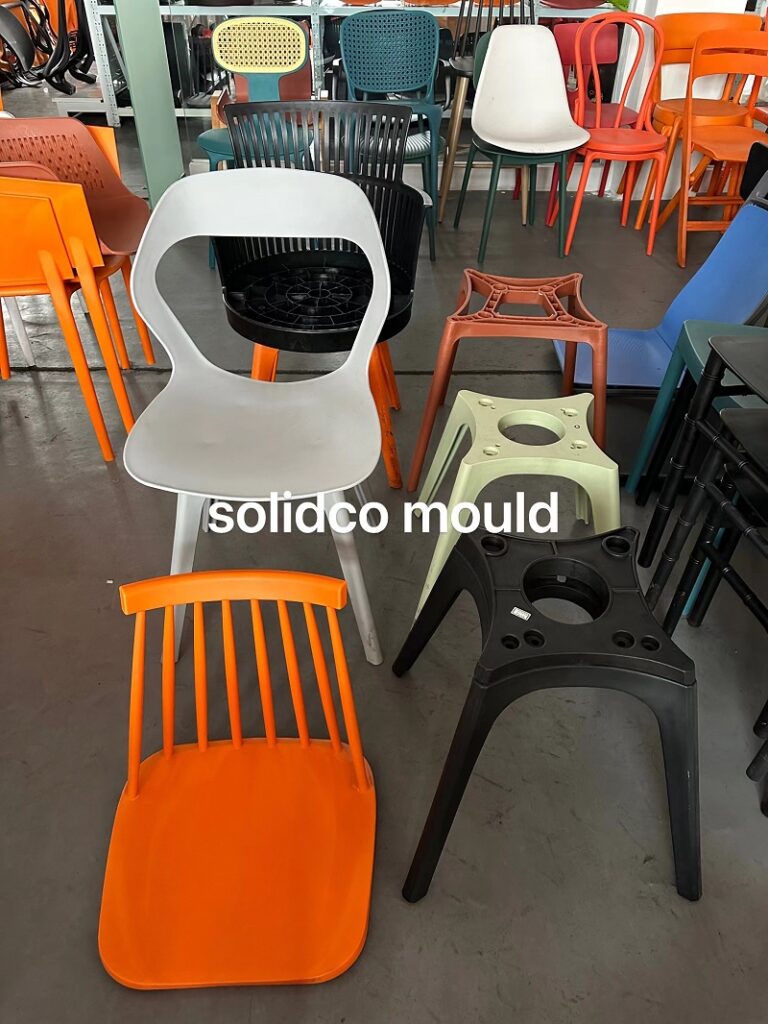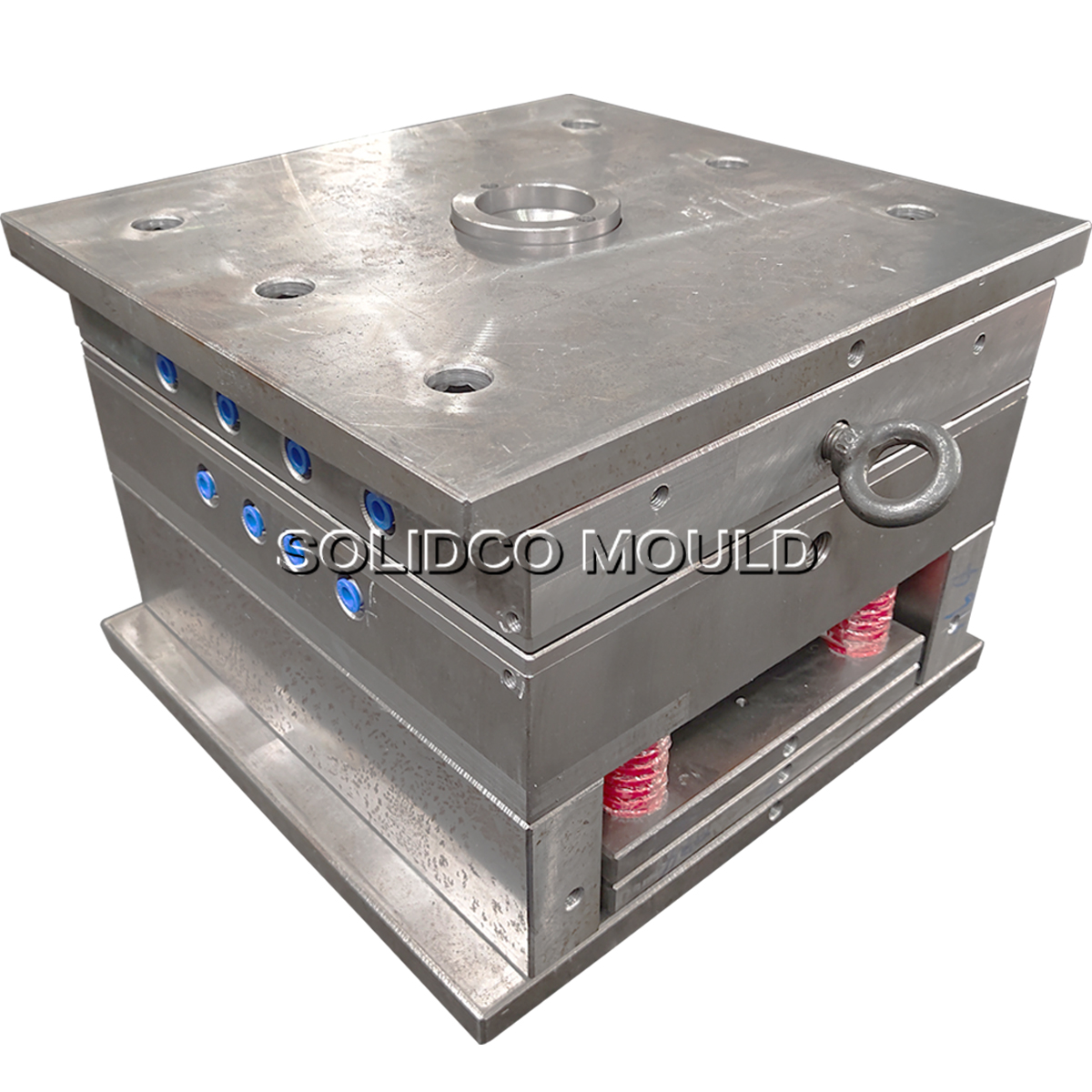How much influence does the wall thickness of plastic parts processing have on the quality? The wall thickness of plastic parts significantly impacts their quality. If the wall thickness is too small, flow resistance is high, making it difficult for large, complex plastic parts to fill the mold cavity. The minimum wall thickness for plastic parts should meet the following requirements:
- Sufficient strength and rigidity; 2. Withstand the impact and vibration of the demolding mechanism during demolding;
- Withstand the tightening forces during assembly.
Injection molding plants specify minimum wall thickness values, which vary depending on the type, brand, and size of the plastic part. Excessive wall thickness in plastic part processing not only wastes raw materials but also increases molding time for thermoset plastics and can lead to incomplete curing. For thermoplastics, it increases cooling time. It also affects the quality of the plastic part. The wall thickness of the same injection molded part should be as uniform as possible to prevent uneven cooling and curing rates from generating additional stress.https://solidcomould.com/product-category/injection-mould/pipe-fitting-mould/
It is crucial to properly determine the wall thickness of the plastic part. The wall thickness of a plastic part is primarily determined by its intended use, including strength, quality, cost, electrical performance, dimensional stability, and assembly requirements. Generally, there are empirical values for wall thickness, which can be determined by reference (for example, an iron typically has a wall thickness of 2mm, while a vacuum cleaner typically has a wall thickness of 2.5mm). Key points to keep in mind:
a. The wall thickness of the plastic part should be as uniform as possible, avoiding excessive thickness, thinness, or sudden changes in thickness. If a part requires a change in wall thickness, a gradual or rounded transition should be used. Otherwise, uneven shrinkage can cause part deformation, compromise strength, and affect flowability during injection molding, among other molding process issues.
b. The wall thickness of a plastic part generally ranges from 1 to 5mm, with 2 to 3mm being the most commonly used value. c. Minimum wall thickness and recommended common wall thickness for commonly used plastic parts (mm)
d. Avoid designing ribs and screw posts too thick. It’s generally recommended to use half the thickness of the main body wall. Otherwise, appearance issues such as shrinkage may occur.
e. Avoid designing parts as single flat plates, unless they are very small. Otherwise, deformation may occur, resulting in uneven parts.

